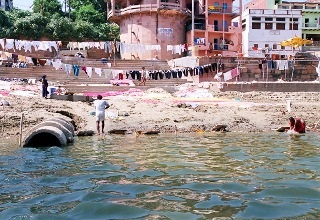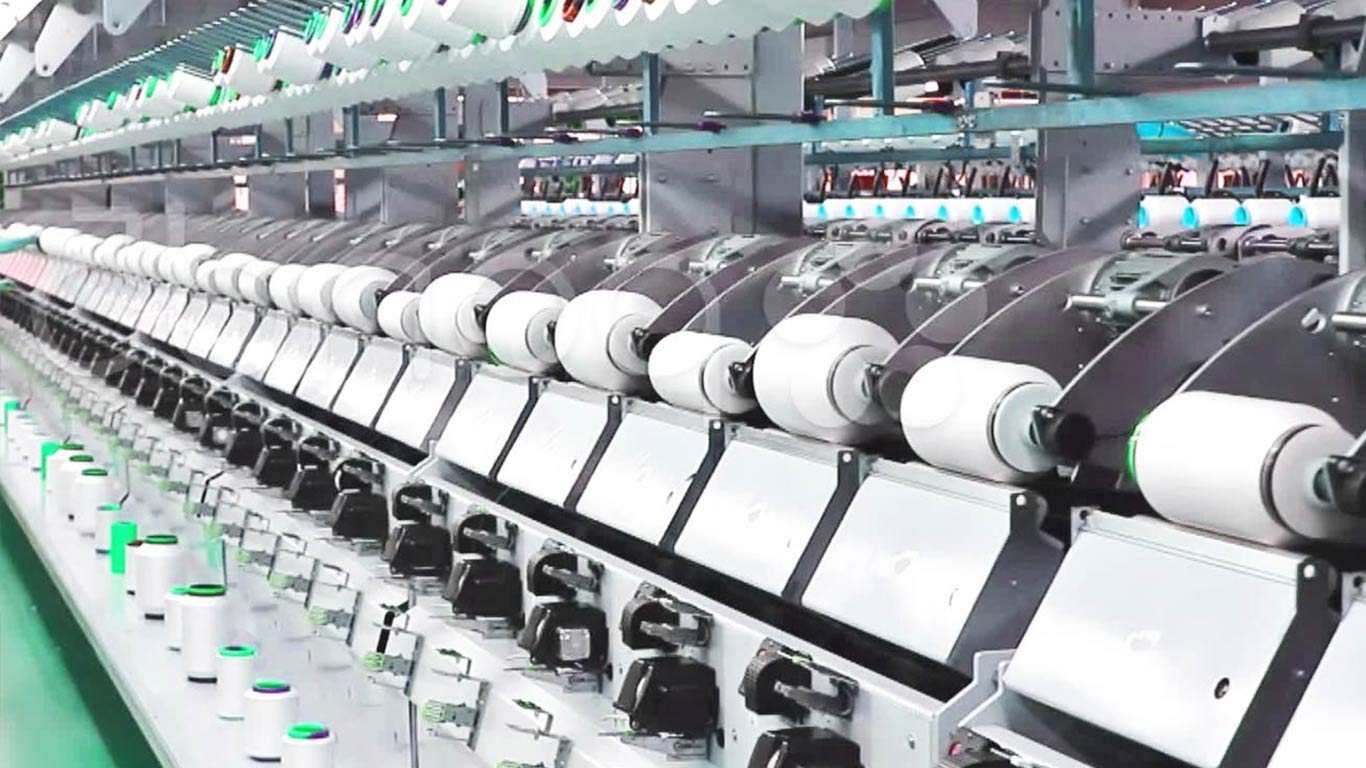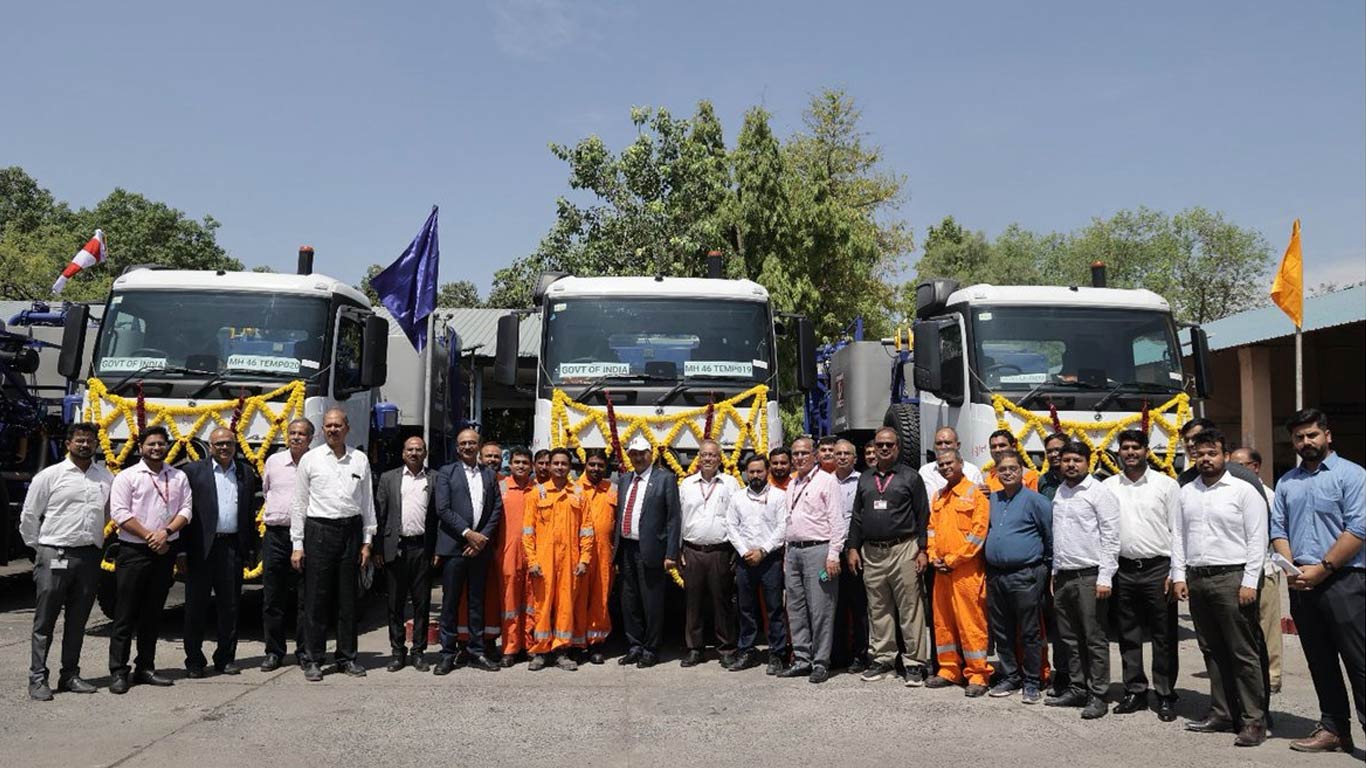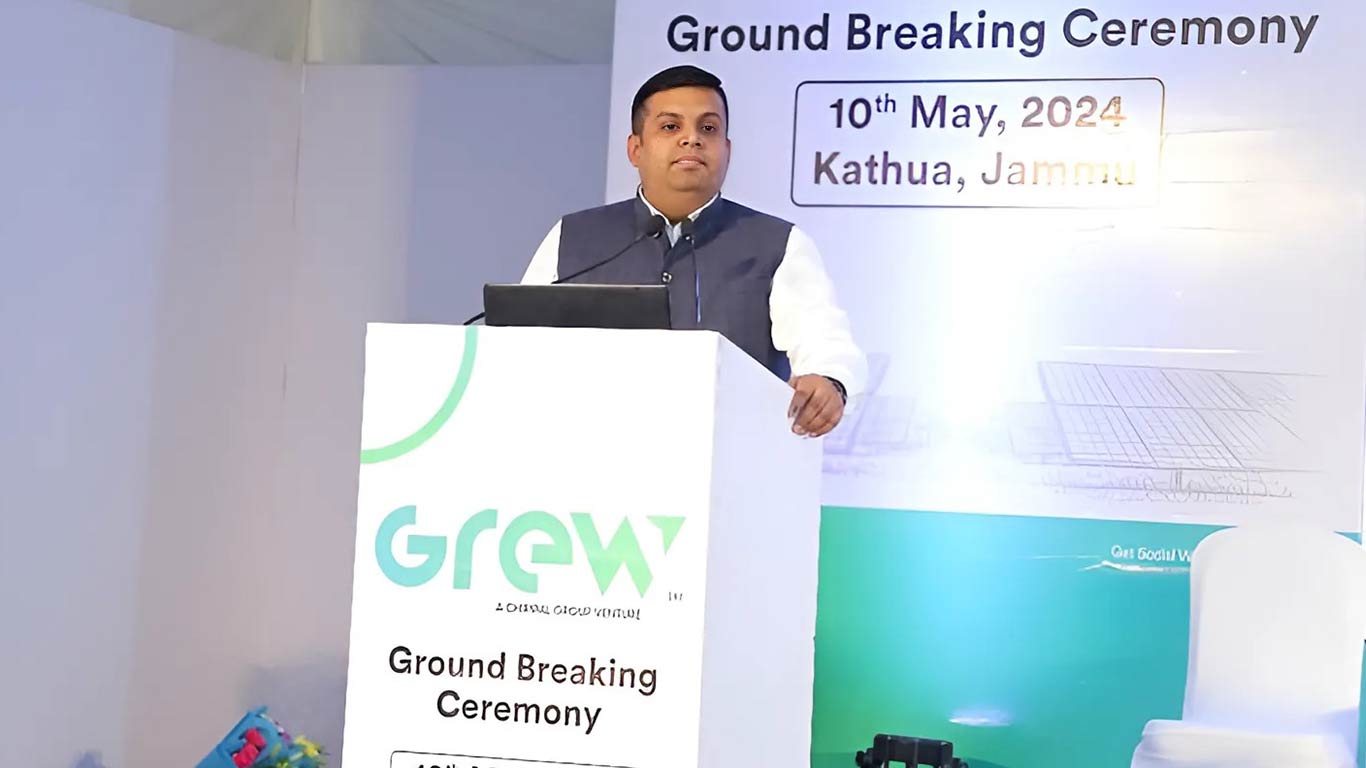Pollution board lists 764 units polluting Ganga; UP alone has 687 units
Updated: Jul 31, 2014 04:33:49pm

“CPCB has informed that a research study has been included under the World Bank funded project Strengthening of Environmental Regulators to explore the possibilities of re-use and recycling of treated sewage at selected locations,” Union Minister of State for Water Resources, River Development and Ganga Rejuvenation, Santosh Kumar Gangwar informed Parliament today.
The steps taken for this would be, “Assessment of Ganga Water Quality and reconnaissance survey for the option (Agriculture, Industry) of reuse of treated sewage, possible technological intervention and demonstration of project through a pilot project for treatability and use of sludge,” he added.
Under National Ganga River Basin programme, 704 industries on river Ganga and its tributaries Kali-East and Ramganga have been inspected between August, 2011 and June, 2014.
“Out of these, 165 were found non-complying with the norms of Central Pollution Control Board (CPCB) and were issued directions under Section 5 of Environment (Protection) Act, 1986, which also included 48 closure directions,” he said.
The five states discharging their wastes into Ganga or its tributaries are – Uttar Pradesh, Uttarakhand, Jharkhand, Bihar and West Bengal.
Out of 764 units UP has the maximum number of industries discharging waste into the river. UP has 687 units; Uttarakhand – 42; West Bengal – 22; Bihar – 13; and Jharkhand – 0, together consuming 1123 million litres of water per day and generating 501 million litres of water per day.
CPCB has informed that all the industries issued closure directions under Section 5 of Environment (Protection) Act, 1986 are complying with the directions, he added. (KNN/SD)











